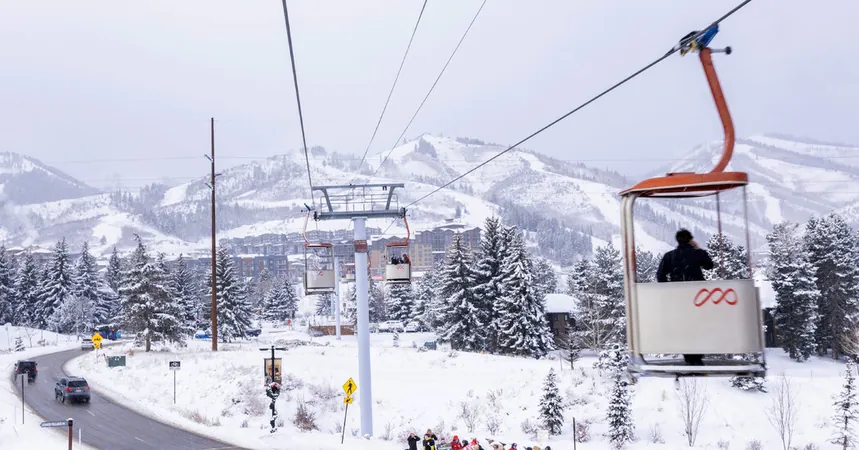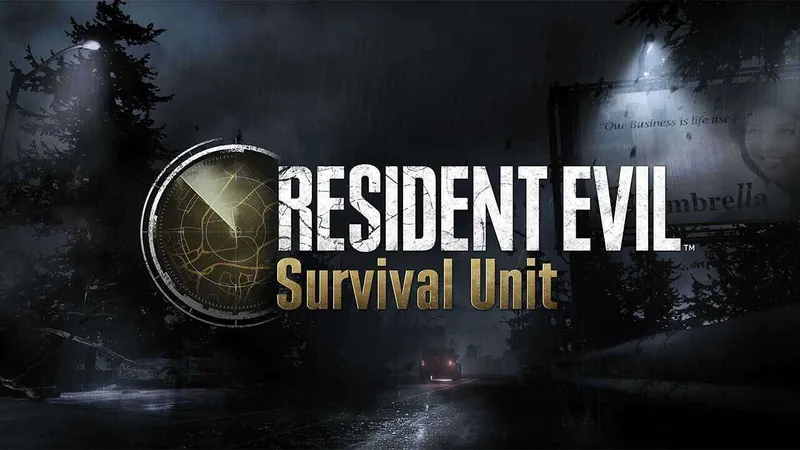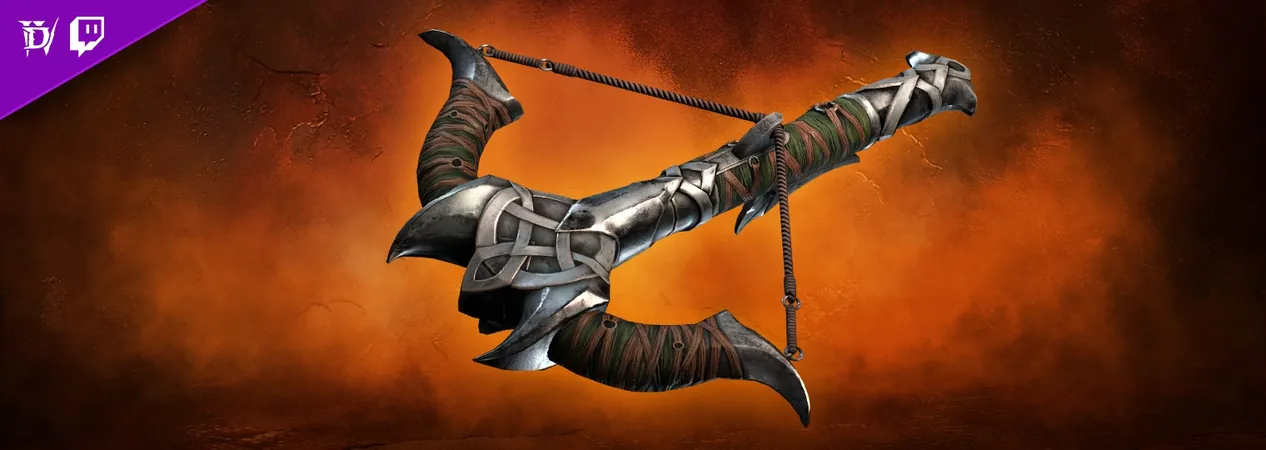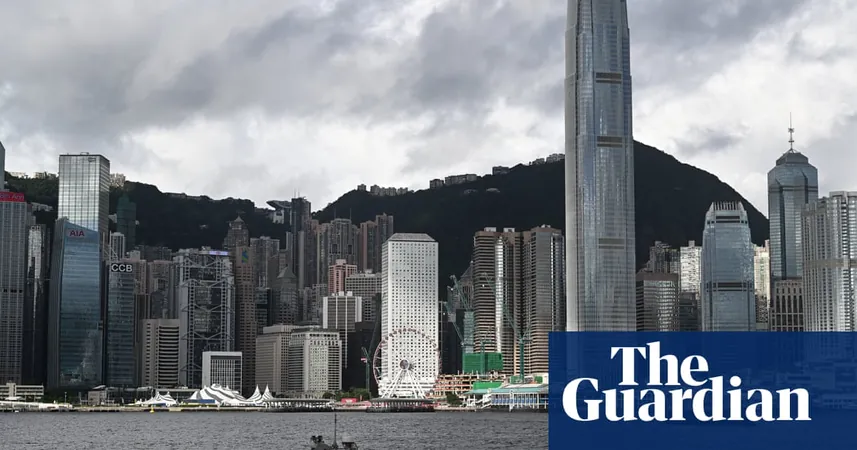
Park City Ski Patrol Strike: What Every Skier Needs to Know Before Hitting the Slopes!
2025-01-04
Author: Kai
Overview of the Situation
A blanket of fresh, powdery snow—over two feet—has fallen on Park City, Utah, just in time for the holiday rush at Park City Mountain, which boasts the title of the largest ski resort in the United States. However, instead of the anticipated thrill of gliding through pristine snow, skiers and snowboarders encountered lengthy lift lines, restricted terrain, and a growing sense of frustration due to an ongoing strike led by the ski patrollers.
A Park City skier lamented on Instagram, “Five minutes of bliss for 50 minutes of waiting in line,” capturing the sentiment of many others who have traveled to this winter wonderland, only to face the disruptions of labor disputes.
Details of the Strike
On December 27, the Park City Professional Ski Patrollers Association, representing 204 dedicated ski patrollers and mountain safety personnel, officially commenced its strike against Vail Resorts, which operates Park City Mountain. The primary demand? A modest $2 increase in their hourly wage—from $21 to $23. The union had put forth their proposal months earlier, in September, aiming for an agreement well before the ski season kicked off, but negotiations with Vail stalled, prompting the strike at such an opportune moment.
Vail Resorts, in response, asserted that they have already increased the ski patrollers’ wages by more than 50% over the last four seasons, emphasizing their commitment to employee compensation. Bill Rock, president of Vail Resorts Mountain Division, stated, “We are proud of the significant investments we have made into all of our employees, including patrol, which have far outpaced inflation.”
Impact of the Strike on Operations
Currently, the impact of the strike is palpable—with only about a quarter of the trails open due to insufficient patrolling staff. Typically, over 100 patrollers manage the extensive 7,300 skiable acres of Park City, but the union reports that only 30 to 35 patrollers are on duty now, mainly comprising supervisors or those summoned from other Vail-owned ski areas.
“In light of this situation, we deeply regret the impact it has on the guest experience,” Rock acknowledged. “We are thankful to our employees who work tirelessly to open as much terrain as possible.”
Negotiations and Historical Context
Negotiations between Vail Resorts and the Park City patrol union are happening almost daily with the help of a federal mediator. Both parties have indicated some movement toward a resolution, but the union maintains that significant concerns remain unaddressed.
Since Vail Resorts acquired Park City in 2014 and merged it with the neighboring Canyons resort shortly thereafter, union dynamics have shifted. The Canyons ski patrol had unionized earlier, in 2001, and after the merger, Park City patrollers chose to join that union, now affiliated with the Communications Workers of America.
Vail Resorts' Business Overview
Valued at nearly $10 billion, Vail Resorts operates 42 ski areas across North America, Australia, and Europe. Their innovative Epic Pass transformed skiing access when introduced in 2008, selling 2.4 million in the previous year alone. However, the rising crowds and complaints about overcrowding in certain areas signal the complex challenges the company faces.
Community Support and skier frustration
Support for striking ski patrollers has surged online, with contributions exceeding $200,000 through a GoFundMe campaign. “Every day, community members support us on the picket line—bringing food and donating to our strike fund,” said Margaux Klingensmith, a Park City patroller and union business manager.
Despite this solidarity, the frustrations of skiers are mounting. Instead of capturing videos of their exhilarating runs, many are posting images of the interminable lift lines. “The amount of money spent to not ski is abysmal,” one disgruntled vacationer remarked.
Conclusion and Advice for Travelers
As the situation unfolds, those planning a trip to Park City should stay updated and prepare for potential delays on the slopes. Will the resorts resolve the labor issues before the ski season hits its peak? Only time will tell!





 Brasil (PT)
Brasil (PT)
 Canada (EN)
Canada (EN)
 Chile (ES)
Chile (ES)
 Česko (CS)
Česko (CS)
 대한민국 (KO)
대한민국 (KO)
 España (ES)
España (ES)
 France (FR)
France (FR)
 Hong Kong (EN)
Hong Kong (EN)
 Italia (IT)
Italia (IT)
 日本 (JA)
日本 (JA)
 Magyarország (HU)
Magyarország (HU)
 Norge (NO)
Norge (NO)
 Polska (PL)
Polska (PL)
 Schweiz (DE)
Schweiz (DE)
 Singapore (EN)
Singapore (EN)
 Sverige (SV)
Sverige (SV)
 Suomi (FI)
Suomi (FI)
 Türkiye (TR)
Türkiye (TR)
 الإمارات العربية المتحدة (AR)
الإمارات العربية المتحدة (AR)